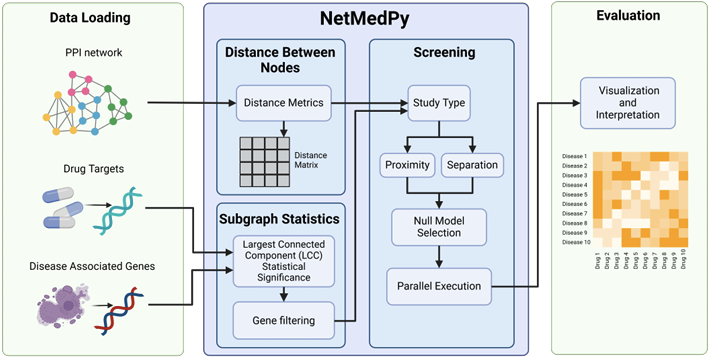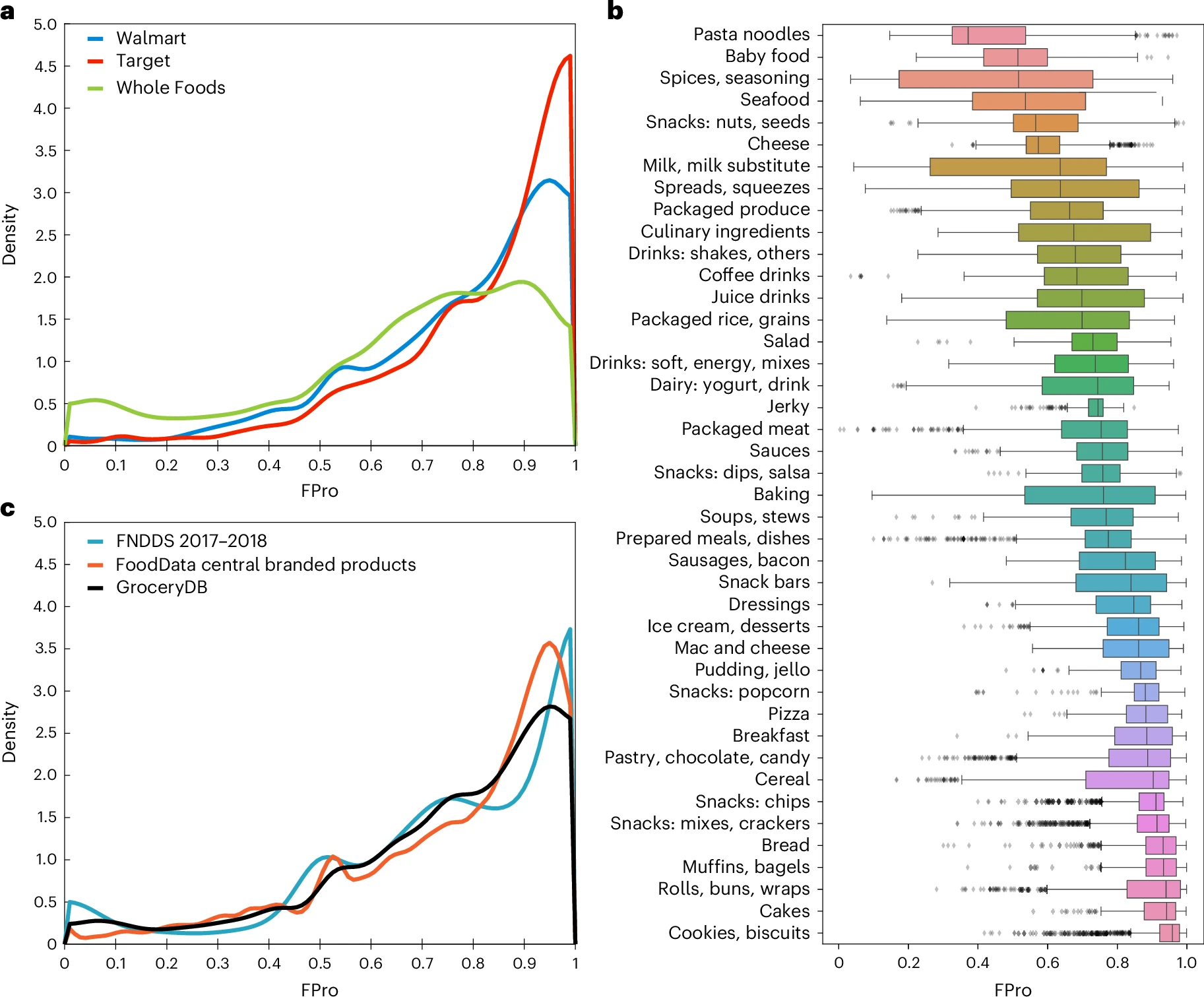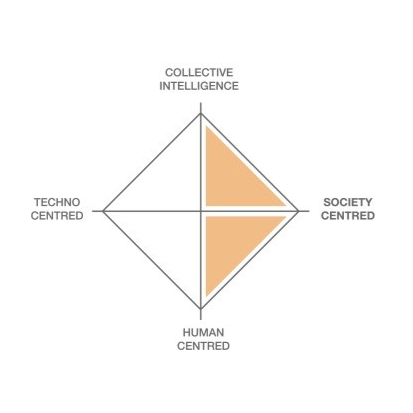Somatic mutations accumulate with age in human tissues. Clonal amplification of some mutations causes cancers and other diseases. However, it is unclear if random mutation accumulation affects cellular function without clonal amplification. We tested this in cell culture, avoiding the limitation that mutation accumulation in vivo leads to cancer. We performed single-cell whole-genome sequencing of fibroblasts from DNA-mismatch-repair-deficient Msh2−/− mice and controls after long-term passaging. While maintaining the same growth rates, in the Msh2−/− fibroblasts, single-nucleotide variants increased up until >50,000 per cell, with small insertions and deletions plateauing at ∼16,000 per cell. We provide evidence for genome-wide negative selection and large-scale mutation-driven population changes, including significant clonal expansion of preexisting mutations and widespread cell-strain-specific hotspots, likely caused by positive selection of mutations in specific genes. Since negative selection to prevent mutations with adverse effects in vivo during aging is difficult to envision, these results suggest a causal role of somatic mutations in age-related cell functional decline.
Divergent accumulation patterns of SNVs and INDELs reveal negative selection in noncancerous cells
Lei Zhang, Moonsook Lee, Xiaoxiao Hao, Xiao Ma, Chuwei Xia, Yiwei Zhao, Joseph Ehlert, Zhongxuan Chi, Bo Jin, Ronald Cutler, Alexander Y. Maslov, Albert-László Barabási et al.
The Innovation, Volume 6, Issue 10101008 (2025)


















































































































































































































































































































Contact
Social